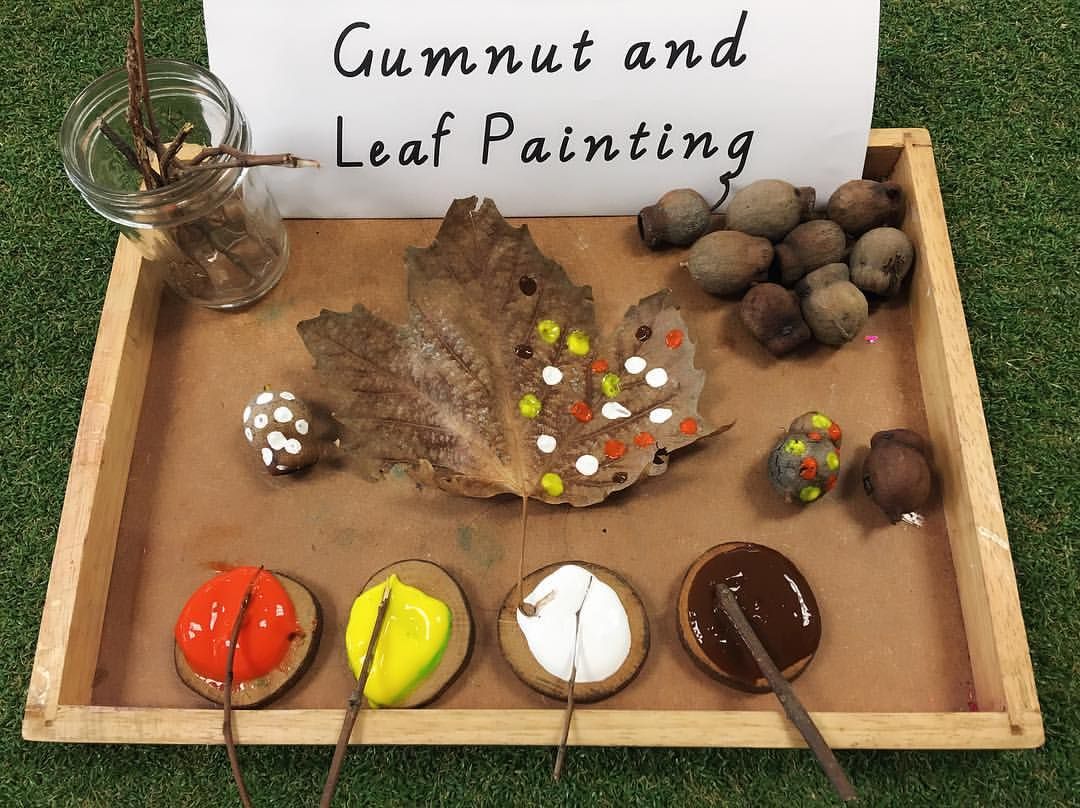Celebrate NAIDOC Week: Engaging Activities for Parents and Kids
Hello wonderful parents! Are you looking for meaningful, engaging activities to celebrate NAIDOC Week with your kids? Well, gather around because you’re about to embark on a beautiful journey into the heart of Australia’s Indigenous culture. NAIDOC Week is a vibrant celebration of the history, culture, and achievements of Aboriginal and Torres Strait Islander peoples, and there’s no better way to introduce your children to these rich traditions than through hands-on activities that both educate and entertain.
What Is NAIDOC Week?
Before we dive into the fun stuff, let’s have a quick chat about what NAIDOC Week is all about. It stands for the National Aborigines and Islanders Day Observance Committee, and it’s a time for all Australians to recognize and celebrate the First Australians’ contributions to the country we all call home. It’s observed annually, with communities across the country hosting events, ceremonies, and activities to honor Indigenous peoples. This makes for a perfect educational opportunity for little ones to learn and appreciate Australia’s Indigenous heritage.
Fun and Educational Activities for NAIDOC Week
Now, onto the exciting part! There are loads of fabulous activities you can do with your children to help them connect with and understand the importance of NAIDOC Week. Let’s explore some together!
1. Storytelling Sessions
Indigenous storytelling is a profound way to share the histories and cultures of Aboriginal and Torres Strait Islander peoples. Look for local libraries, cultural centers, or community groups hosting storytime sessions featuring Indigenous authors and storytellers. Encourage your kids to ask questions and share what they learnt afterward.
2. Arts and Crafts Inspired by Traditional Art
Grab those art supplies, and let’s get creative! Indigenous Australian art is famous worldwide for its unique patterns, symbols, and colors. Research together with your kids about different Indigenous art forms, such as dot painting, and create your own artwork at home. This activity allows kids to express themselves while learning about the symbolic meanings behind traditional art.
3. Attend Local NAIDOC Week Events
Check out what’s happening in your local community during NAIDOC Week. From marches and festivals to cultural workshops, there’s often a wide range of events that are family-friendly and provide a platform for Indigenous voices. It’s a fabulous way to come together and show your support as a community!
4. Cooking with Native Ingredients
Nothing brings people together like food, right? Exploring traditional Indigenous recipes with your children is a tasty treat that can also serve as a valuable lesson in native Australian ingredients. Whip up some delicious lemon myrtle biscuits or try your hand at a kangaroo stir fry. It’s a feast for the senses and a great conversation starter about traditional diets and sustainable practices.
5. Nature Walks and Land Acknowledgment
Take a family nature walk to appreciate the natural beauty of the land and discuss its original custodians. Teach your children about the significance of land, water, and sky to Indigenous peoples and the concept of “Country”. You can also practice acknowledging Country by paying respect to the traditional custodians of the land you’re on during your walk.
Parents, NAIDOC Week is a golden opportunity to engage your children in learning about the oldest living cultures on Earth. Together, you can create memories and form a greater appreciation for the land we live on and its first inhabitants.
Stay tuned as we dive deeper into more stimulating activities you can enjoy during this special week. Remember, celebrating NAIDOC Week isn’t just about a single week on the calendar; it’s about ongoing respect, acknowledgment, and learning that we can integrate into our daily lives. Let’s make this a memorable, merry, and meaningful week for our kids and our community.
Keep the excitement going as we continue to explore the wonderful world of Indigenous Australian culture with these activities. Your family’s adventure into learning and celebration is just beginning!

5 Things Parents Should Know in Preparing for NAIDOC Week Activities
Understand the Theme
Each year, NAIDOC Week has a different theme that highlights specific aspects of Indigenous culture and history. Knowing the theme can help guide you in choosing or tailoring activities to deepen your family’s engagement with the week’s purpose.
Research Local Indigenous History
Knowledge about the local Indigenous history where you live can make NAIDOC Week more relevant and personal. Teaching your kids about the land’s traditional owners will enrich your family’s participation in the week’s events.
Inclusive Planning
Plan activities that cater to all age groups in your family. Including everyone in the celebration not only makes it more fun but also fosters a shared learning experience. Don’t forget to consider any special needs to ensure accessibility for all participants.
Safety First
If your plans include outdoor activities or attending public events, always put safety first. Check the weather forecast, dress appropriately, pack essentials like water and sunscreen, and stay informed about any updates from event organizers, especially regarding health and safety regulations.
Practice Cultural Sensitivity
When participating in NAIDOC Week, it’s crucial to approach activities with respect and sensitivity towards Indigenous culture. Encourage your children to be open-minded, listen carefully, and ask questions politely. It’s a time to learn and celebrate, not appropriate or trivialize.
More Engaging Activities for NAIDOC Week
6. Create a NAIDOC Week Poster
Many NAIDOC Week celebrations include a poster competition. Take this opportunity to collaborate with your kids on a poster that reflects the annual theme. Discuss the theme’s significance while allowing creativity to flow in a meaningful art project.
7. Visit Indigenous Cultural Sites
A visit to nearby Indigenous cultural sites, like rock engravings or community centers, can offer a hands-on educational experience. Ahead of your visit, learn about the site’s importance, so you’re prepared to teach your children about its significance.
8. Read Indigenous Literature Together
Pick a book by an Indigenous author to read with your family. Look for age-appropriate options that include Indigenous stories, myths, or contemporary issues. It’s a relaxing way to wind down while infusing valuable lessons into your reading time.
9. Watch Films about Indigenous Culture
Choose films that are age-appropriate and provide an insightful look into Indigenous stories and histories. Watching and discussing these films can open up powerful conversations at home about social justice, culture, and history.
10. Learn an Indigenous Language
Did you know there are many Aboriginal languages across Australia? Learning a few words or phrases in the traditional language of your area can be a fun activity for the whole family and shows respect for the original language of the land.
As you prepare to dive into these heartening activities, remember to approach NAIDOC Week with a spirit of learning, respect, and celebration. The activities you choose should serve as gateways to ongoing conversations with your children about Australia’s rich Indigenous culture and the importance of cultural diversity and recognition. Happy planning, and enjoy every moment of NAIDOC Week!
. For more information see here
Disclaimer
The articles available via our website provide general information only and we strongly urge readers to exercise caution and conduct their own thorough research and fact-checking. The information presented should not be taken as absolute truth, and, to the maximum extent permitted by law, we will not be held liable for any inaccuracies or errors in the content. It is essential for individuals to independently verify and validate the information before making any decisions or taking any actions based on the articles.




